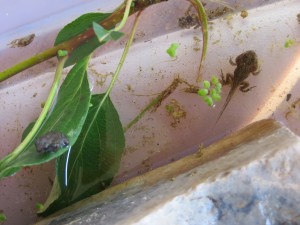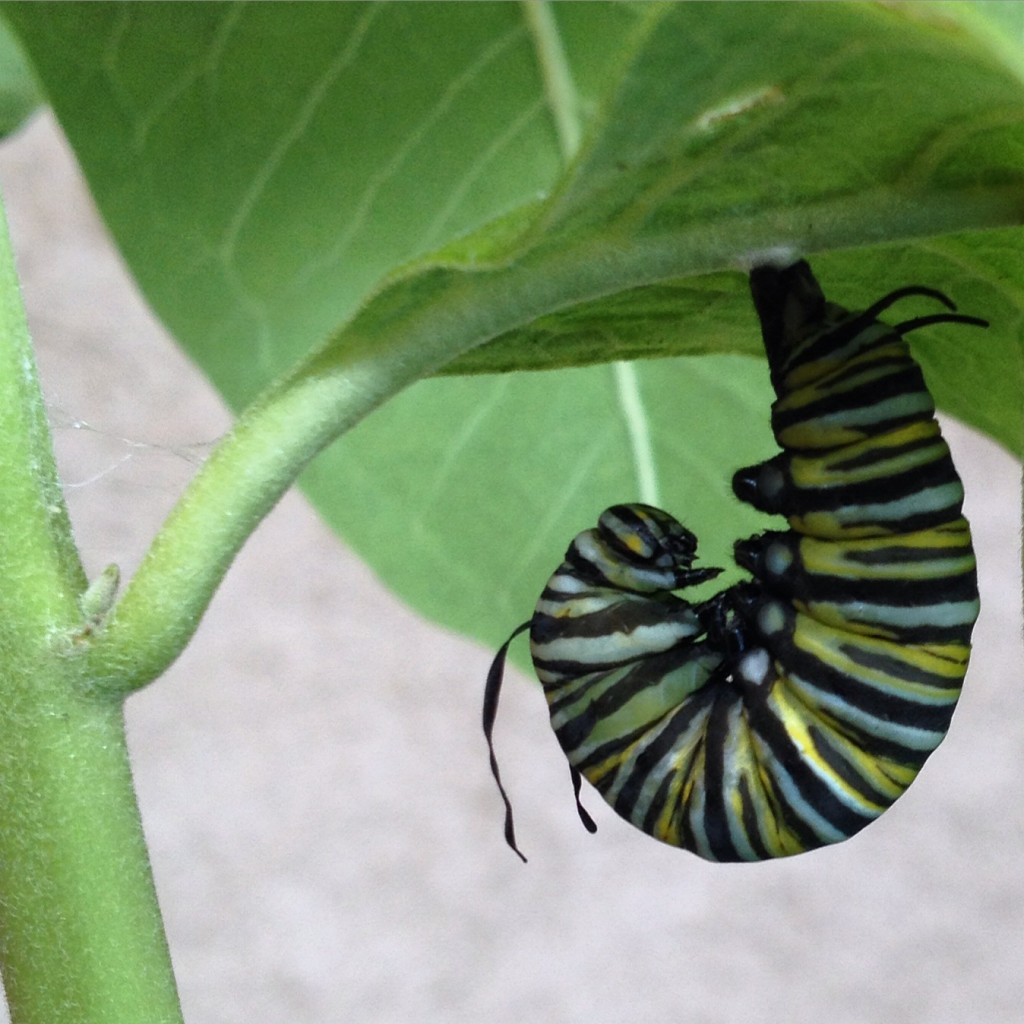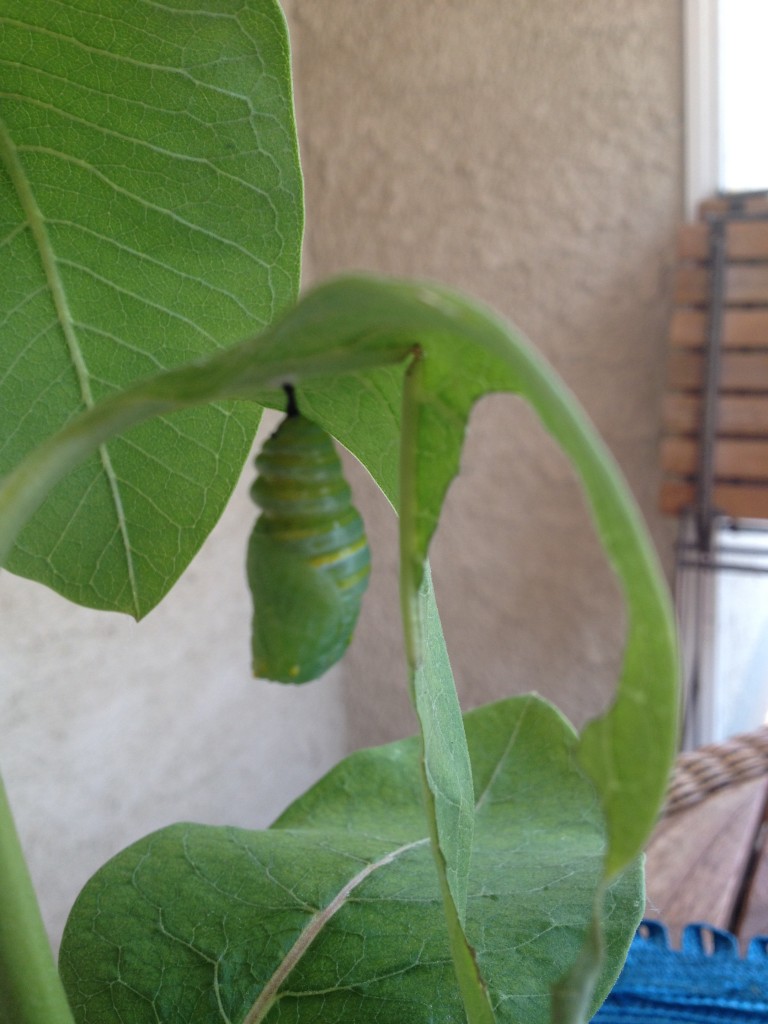Tag: tadpoles’
Summer Changelings
- by KitchenPantryScientist
Summer surrounds us with science. We’ve been catching tadpoles and capturing caterpillars and releasing them as frogs and butterflies. It’s nothing short of amazing to watch these creatures move through a process called metamorphosis, which changes them from one form to a completely different one as they become adults. This is a great survival tactic, since the youngsters and adults live in different areas and eat different things, so they’re not completing for food or space!
You can look for monarch caterpillars on milkweed and swamp milkweed, which you see in the video above. Bring plenty of food home for them to eat as they grow (the plants you found them on.) Tiger Swallowtail Caterpillars prefer a diet of dill! If you have trouble finding caterpillars, plant some milkweed and other butterfly-friendly flowers in your garden! The monarch population is in trouble due to lack of milkweed, which once grew everywhere. Click here for more information raising Monarchs.
We caught tadpoles in a local fountain (with permission, of course) and brought them home to observe. When they became tiny toads, we released them in the same fountain where we caught them. Before catching tadpoles, check local regulations to make sure it’s allowed and ALWAYS return them to the exact spot where you caught them, to avoid the spread of deadly fungi and invasive species! If you can’t return them to the same spot, don’t bring them home! Keep them in water from the source where you caught the them, and never add tap water to their habitat, since chlorine will kill them. Be sure there is a rock for them to crawl onto when they become frogs or toads. They’ll eat water plants and algae from their original habitat, but you can also boil green lettuce in bottled water and chop it finely to feed your tadpole. Release them immediately when they hop out of the water, since it may be difficult to know what to feed them once they’re mature.
Frogs!
- by KitchenPantryScientist
Soon I’ll be posting some fun summer science camp ideas for you to do at home! But today we have some good news: our little tadpoles are all grown up! A few still have small tails, but they’re climbing onto rocks and leaves, so we’re taking them back to their pond to set them free.
We lost 2 tadpoles to voracious water bugs (vicious things that looked like ticks and sneaked in with some pond water vegetation) but most of them survived to froghood.
Tadpole Experiment
- by KitchenPantryScientist
The kids and I have been keeping an eye on a local pond, and this week we were rewarded with the sight of tadpoles dotting the sand at the bottom like a swarm of commas. We pulled out a butterfly net, scooped up a bucket of pond water, and gently snagged a few of the frogs-to-be. Some tiny plants, baby fish, snails and a waterbug hitched a ride as well.
At home, we put our pollywogs in a bigger container (rinsed well with distilled water,) added more pond water and put some rocks in our tadpole habitat to make our visitors feel at home. A few times a week, we’ll siphon out some of the old water and add more pond water to keep our tadpoles healthy as they grow and change. When they’re almost frogs, we’ll lower the water level and be sure there are plenty of rocks for them to hop onto when metamorphosis is complete.
I’ll post a video of our tadpoles every so often so you can see how they’re changing. Eventually, we’ll release our frogs, along with the other plants and critters in our habitat, back into the pond where we found them!
Can you find some tadpoles of your own? If you do, be sure to keep them in pond/lake water and change it frequently. Chlorinated water will kill them! We’re feeding our tadpoles frog pellets and a little fish food, but I suspect they’re mostly eating algae in the pond water.


![IMG_6821[1]](https://kitchenpantryscientist.com/wp-content/uploads/2015/07/IMG_68211.jpg)